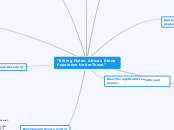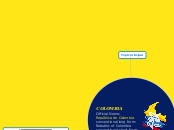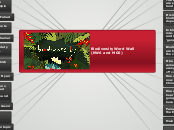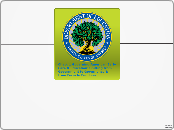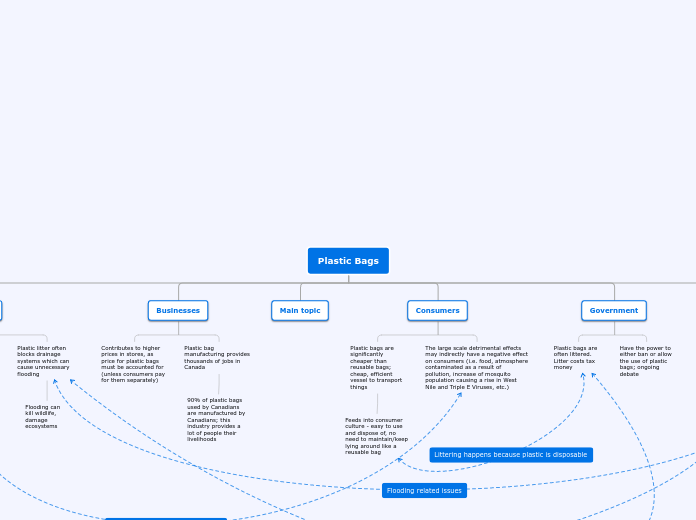door Andrew Comtois 8 jaren geleden
594
Rhino Poaching Article Bias
The discussed article delves into the critical issue of rhino poaching, highlighting various perspectives and biases. It initially focuses on the alarming rate at which rhino populations are being decimated due to poaching.
